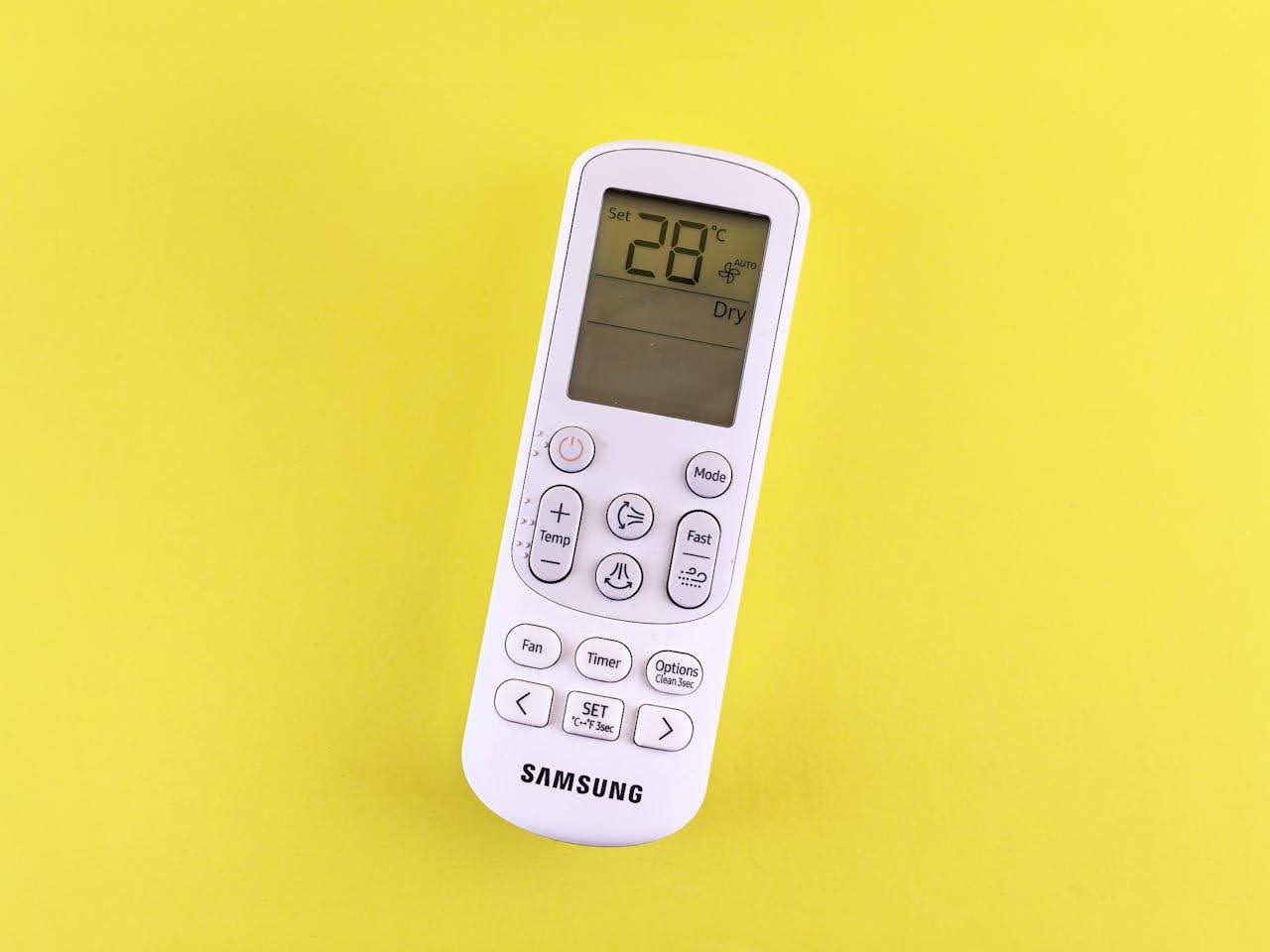Your home should feel like a comfortable sanctuary regardless of what’s happening outside. Whether snow is piling up against your windows or the summer heat is making the pavement shimmer, maintaining the right indoor environment requires more than just adjusting your thermostat.
Creating consistent comfort throughout the year involves understanding how different seasons affect your home’s atmosphere and knowing which strategies work best for each challenge.
Understand Seasonal Climate Challenges
Each season brings its own set of indoor climate obstacles that can make your home feel less than ideal. Winter often creates dry, stuffy conditions while your heating system works overtime. The cold air outside holds less moisture, and when that air enters your home and gets heated, it becomes even drier.
This leads to static electricity, scratchy throats, and uncomfortable skin. Summer presents the opposite problem. High humidity levels can make your home feel sticky and uncomfortable, even when the temperature seems reasonable.
Optimize Heating Systems for Winter
Winter comfort depends heavily on how well your heating system distributes warmth throughout your home. Set your thermostat programming to lower temperatures when you’re sleeping or away from home, then program it to warm up just before you return or wake up.
Check your air vents and registers regularly. Furniture, curtains, or other items blocking these openings force your system to work harder and create uneven heating. Keep all vents clear and consider adjusting the dampers to direct more heat to rooms that tend to stay colder.
Cooling Strategies for Summer Comfort
Summer cooling goes beyond just setting your thermostat to a lower temperature. Strategic use of window treatments can significantly reduce the heat entering your home. Close blinds or curtains on windows that receive direct sunlight during the hottest parts of the day.
Light-colored window coverings reflect heat better than dark ones. Ceiling fans create a wind-chill effect that can make you feel several degrees cooler without actually lowering the room temperature. Set them to rotate counterclockwise during summer months to push air downward.
This allows you to raise your thermostat setting while maintaining comfort, which reduces energy costs.
New Furnace Installation
When your heating system reaches the end of its useful life, replacing it becomes essential for maintaining consistent winter comfort. A new furnace installation operates much more efficiently than older models, often reducing energy costs while providing better heat distribution.
Signs that you might need a new furnace include frequent repairs, uneven heating throughout your home, or dramatically increased energy bills. Strange noises, yellow pilot light flames, or difficulty maintaining set temperatures also indicate potential problems.
Maintain Ideal Humidity Levels
Whole-house humidifiers work with your heating system to add moisture during dry winter months. These units require regular maintenance, including cleaning and filter replacement, to prevent bacteria growth. Portable humidifiers can help individual rooms but need frequent refilling and cleaning.
Summer dehumidification often happens naturally through your cooling system, but sometimes additional help is needed. Exhaust fans in bathrooms and kitchens remove excess moisture from daily activities.
Annual AC Repair
Your cooling system needs regular attention to perform effectively during hot weather. Common issues include refrigerant leaks, dirty coils, and worn components that reduce efficiency. These problems often develop gradually, so you might not notice decreased performance until your system struggles during peak demand periods.
Regular maintenance prevents many repair issues. Professional ac repair should happen annually, ideally before the cooling season begins. This includes checking refrigerant levels, cleaning coils, and inspecting electrical connections.

